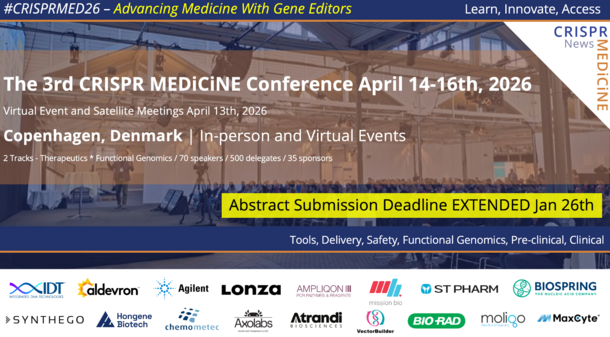United States, California
Alta Bates Summit Medical Center, Berkeley, California, United States, 94704
City of Hope, Duarte, California, United States, 91010
Cedars-Sinai Medical Center, Los Angeles, California, United States, 90048
University of California, Davis Comprehensive Cancer Center, Sacramento, California, United States, 91817
United States, Colorado
Rocky Mountain Cancer Centers, Denver, Colorado, United States, 80218
United States, Delaware
Medical Oncology Hematology Consultants, Newark, Delaware, United States, 19713
United States, Florida
Miami Cancer Institute at Baptist Health, Inc., Miami, Florida, United States, 33176
Advent Health Cancer Institute, Orlando, Florida, United States, 32804
Moffitt Cancer Center, Tampa, Florida, United States, 33612
United States, Indiana
Indiana Blood and Marrow Transplantation, Indianapolis, Indiana, United States, 46237
United States, Kansas
The University of Kansas Hospital, Kansas City, Kansas, United States, 66205
United States, Kentucky
University of Kentucky Medical Center, Lexington, Kentucky, United States, 40536
University of Louisville Health Brown Cancer Center, Louisville, Kentucky, United States, 40202
Norton Cancer Institute, Louisville, Kentucky, United States, 40207
United States, Massachusetts
Massachusetts General Hospital, Boston, Massachusetts, United States, 02114
United States, Missouri
Washington University School of Medicine - Siteman Cancer Center, Saint Louis, Missouri, United States, 63110
United States, New Jersey
Astera Cancer Care, East Brunswick, New Jersey, United States, 08816
John Theurer Cancer Center, Hackensack, New Jersey, United States, 07601
Rutgers Cancer Institute of New Jersey, New Brunswick, New Jersey, United States, 08901
United States, New York
Columbia University Irving Medical Center and New York-Presbyterian Hospital, New York, New York, United States, 10032
United States, Ohio
Oncology Hematology Care - Kenwood, Cincinnati, Ohio, United States, 45236
University of Cincinnati Medical Center, Cincinnati, Ohio, United States, 45267
Cleveland Clinic, Cleveland, Ohio, United States, 44195
United States, Oregon
Oncology Associates of Oregon, Eugene, Oregon, United States, 97401
United States, Texas
Texas Oncology - Central South, Austin, Texas, United States, 78705
Texas Oncology - Dallas Fort Worth, Dallas, Texas, United States, 75246
MD Anderson Cancer Center, Houston, Texas, United States, 77030
Texas Transplant Institute, San Antonio, Texas, United States, 78229
Texas Oncology - Tyler, Tyler, Texas, United States, 75702
United States, Virginia
University of Virginia, Charlottesville, Virginia, United States, 22903
Virginia Cancer Specialists, Fairfax, Virginia, United States, 22031
Virginia Oncology Associates - Norfolk, Norfolk, Virginia, United States, 23502
United States, Washington
Fred Hutchinson Cancer Center, Seattle, Washington, United States, 98109
